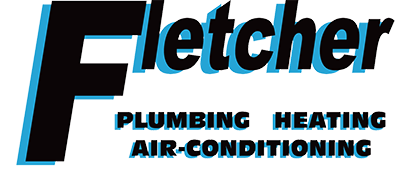
The windows in your home are a gateway to the outdoors, a way to allow light in while you appreciate the view of your garden, yard or other surroundings. The last thing you need to see is a sweaty window plastered in a film of condensation.
Not only are windows coated in condensation unappealing, they also can be evidence of a larger air-quality issue inside your home. Fortunately, there’s numerous things you can attempt to address the problem.
What Creates Sweating on Windows
Condensation on the inside of windows is produced by the damp warm air throughout your home hitting the cooler surface of the windows. It’s notably commonplace around the winter when it’s much cooler outside than it is within your home.
Inside Moisture vs. In Between Panes
When talking about condensation, it’s important to understand the contrast between moisture on the inside of your windows versus moisture in between the windowpanes. One is an air-quality issue and the other is a window issue.
- Moisture inside a window is caused from the warm moist air throughout your home forming along the glass.
- The moisture you see between windowpanes is produced when the window seal stops working and moisture slips between the two panes of glass, and at that point the window should be repaired or replaced.
- Condensation in the windows isn’t a window situation and can instead be solved by adjusting the humidity inside your home. Numerous things produce humidity in a home, such as showers, cooking, bathing or even breathing.
Why Sweating Windows Can Be a Problem
Even though you might think condensation in your windows is a cosmetic problem, it may also be evidence your home has high humidity. If that’s the case, water could also be accumulating on window frames, cold walls or other surfaces. Even a slim film of water can encourage wood surfaces to mildew or rot over time, fostering the growth of mildew or mold.
How to Decrease Humidity Throughout Your Home
Fortunately there are numerous options for extracting moisture from the air inside your home.
If you have a humidifier active inside your home – whether it be a small-scale unit or a whole-house humidifier – lower it further so the humidity inside your home decreases.
If you don’t have a humidifier going and your home’s humidity level is high, think about purchasing a dehumidifier. While humidifiers adds moisture in your home so the air doesn’t dry out, a dehumidifier draws excess moisture out of the air.
Small, portable dehumidifiers can absorb the water from an entire room. However, those units require clearing water trays and most often service a somewhat limited area. A whole-house dehumidifier will eliminate moisture throughout your entire home.
Whole-house dehumidifier systems are controlled by a humidistat, which allows you to set a humidity level just like you would select a temperature via your thermostat. The unit will run immediately when the humidity level exceeds the set level. These systems coordinate with your home’s HVAC system, so you will receive the best results if you contact qualified professionals for whole-house dehumidifier installation Smyrna.
Alternative Ways to Decrease Condensation on Windows
- Exhaust fans. Adding exhaust fans in humidity hotspots like the bathroom, laundry room or above the kitchen range can help by drawing the warm, humid air from these areas out of your home before it can raise the humidity level inside your home.
- Ceiling fans. Turning on ceiling fans can also keep air circulating within the home so humid air doesn’t get caught up in one spot.
- Open window treatments. Pulling open the blinds or drapes can reduce condensation by preventing the damp air from being trapped against the windowpane.
By reducing humidity across your home and dispersing air throughout your home, you can enjoy clear, moisture-free windows even in the middle of the winter.
